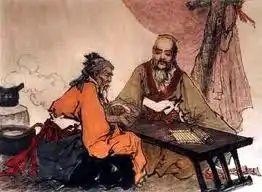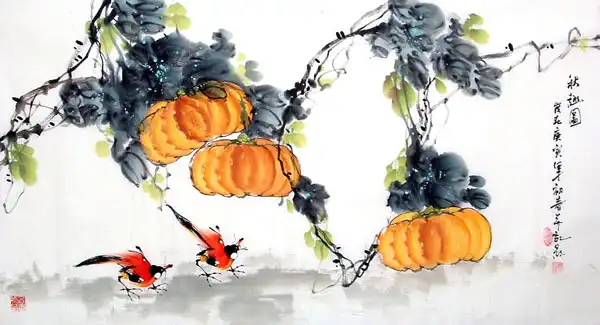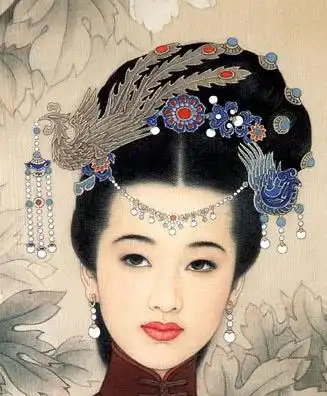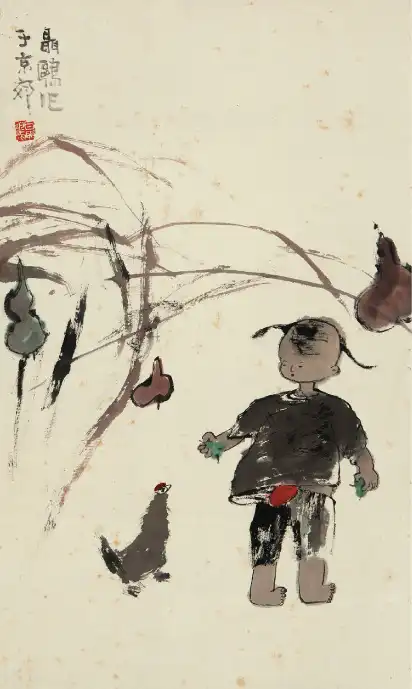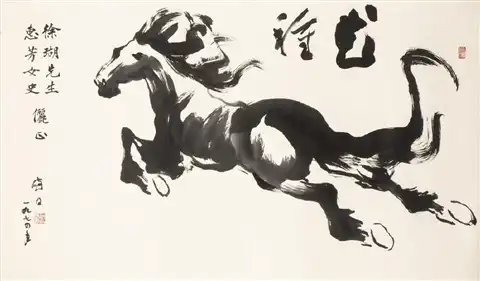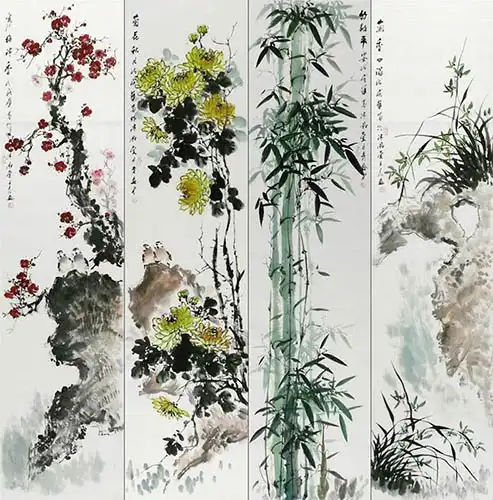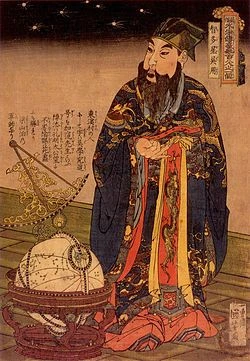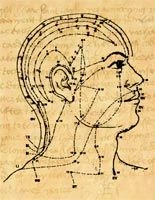Introduction to the disharmony
Major symptoms:
- cough
- chest oppression
- shortness of breath
- cold-phlegm symptoms - cough with profuse white sputum, which is easy to expectorate
- hot-phlegm symptoms - barking cough with yellow or green phlegm that is difficult to expectorate, asthma
- phlegm obstructing the meridians - scrofula, goiter
- phlegm in the Stomach symptoms - nausea, vomiting
- phlegm in the Heart symptoms - mental confusion, mental illness
"Phlegm" is a disharmony that originates in the Spleen.
One of the functions of the Spleen is to govern the water metabolism. It is in charge of the separation, transportation, and movement of fluids. If the Spleen is deficient it cannot sufficiently transport fluids, which eventually will lead to accumulation of "dampness" or "internal dampness”.
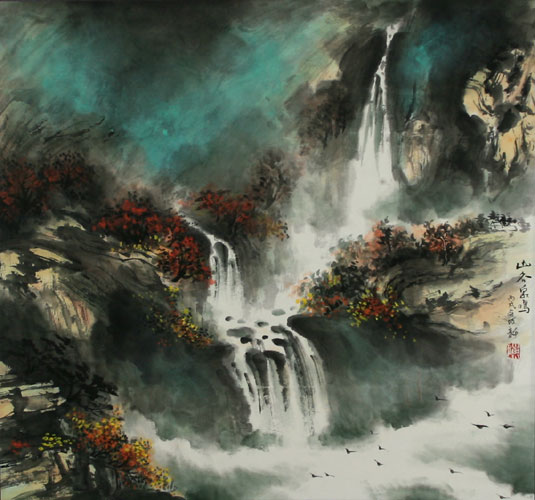
In Five Elements Theory the Spleen is element Earth and the Lung is element Metal. In nature metal is contained in earth thus Earth element “generates” Metal element. Since the Spleen is Earth and the Lung is Metal the Spleen is in a “generating relationship” with the Lung, thus "the Spleen generates the Lung". This means that if the Spleen is chronically imbalanced the Lung will become imbalanced as well.
As the Spleen and the Lung are in a “generating relationship” lasting "dampness in the Spleen" will eventually transfer to the Lung and manifest in "phlegm in the Lung". There are two types of "phlegm in the Lung" – "cold phlegm" and "hot phlegm". "Cold phlegm" develops from over-consumption of greasy and "cold foods" (foods consumed straight out of the refrigerator and all raw foods). "Hot phlegm" is caused by over-consumption of greasy and "hot foods" (hot-spicy foods, alcohol).
Phlegm is heavy and obstructive in nature. Whether the phlegm is “cold” or “hot” chest oppression and shortness of breath are experienced. The major symptom for “phlegm in the Lung” is cough as the Lungs is trying to expectorate the phlegm. In the cases of “cold phlegm” the phlegm is more liquid and the cough is accompanied by profuse white sputum, which is easy to expectorate. As the phlegm is profuse lying down may worsen the condition. (1)
In the cases of “hot phlegm” the heat has thickened the phlegm turning it yellow or green color. The cough is profound with a “barking” quality. A typical hot-phlegm disease is also asthma. (1)
Herbs that transform phlegm are expectorants and Lung stimulants. As the Spleen is the originator of “phlegm in the Lung” many herbs that transform “dampness in the Spleen” and strengthen the Spleen are added to herbal formulas that address “phlegm in the Lung” (2)
Phlegm can also manifest in other organs. When in the Stomach it causes nausea and vomiting; in the Heart it causes mental confusion or mental illness (the Heart houses the Mind).
Phlegm can also obstruct the meridians. In this case conditions such as scrofula and goiter manifest, as the phlegm has blocked the channels and has caused enlargement/swelling. The latter disharmonies are symptoms of “hot phlegm” rather than “cold-phlegm”.
Major Chinese herbs
Herbs that treat “hot phlegm” are cold and drying in nature. Cold herbs are found in the seas and oceans, as water is cold in nature thus big part of the flora and fauna living in the seas and oceans will also have cold nature. In this class of herbs there are several ocean substances used to address “hot phlegm”. Hai Ge Ke (Concha Cyclinae Sinesis) – clam shell, Kun Bu (Thallus Algae) – kelp, and Hai Zao (Herba Sargassii) – seaweed, all dissipate phlegm nodules due to phlegm-heat and are used for goiter and scrofula. Fu Hai Shi (Pumice) – translated as “float on the sea stone”, expels phlegm heat and benefits cough. Pang Da Hai (Sterculia scaphigera) – “fat big sea” benefits sore throat and is a major herb for hoarse voice.
Dried bamboo sap, bamboo shavings and tabasheer secretions of bamboo (Zhu Li, Zhu Ru, Tian Zhu Huang) are three herbs from one plant that clear and transform phlegm-heat. Zhu Li clears phlegm that obstructs the Heart, Zhu Ru enters the Stomach and stops vomiting.
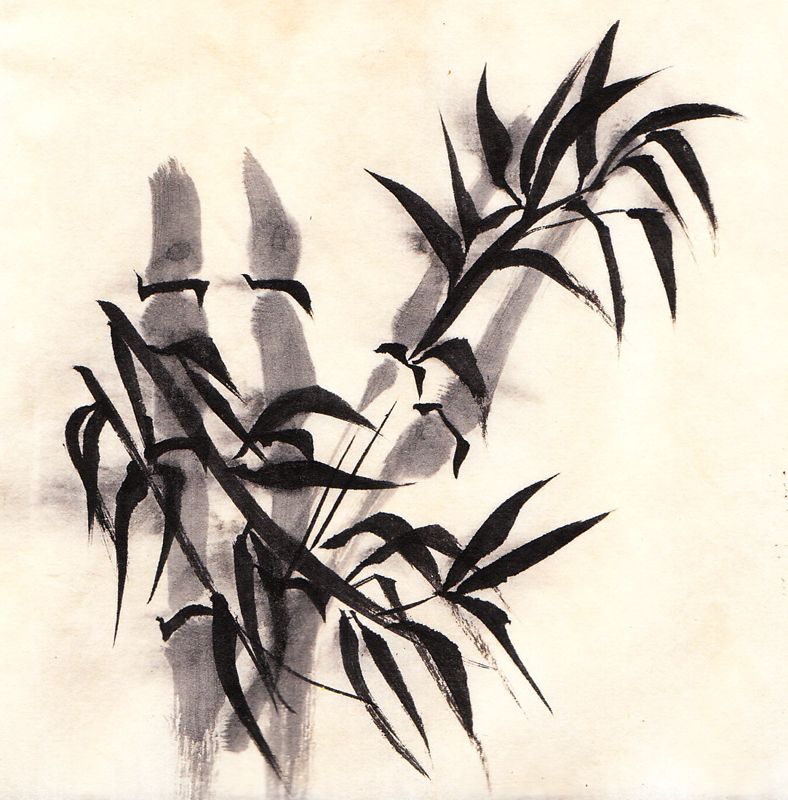
Trichosanthes fruit, seeds and root (Gua Lou, Gua Lou Ren, Tian Hua Fen) are also different herbs from one plant that address phlegm-heat and all benefit the chest.
Chuan Bei Mu (Bulbus Fritillariae Cirrhosae) – is translated “shell mother from Sichuan” and is used for many types of cough due to heat, especially chronic cough.
Zhe Bei Mu – “shell mother from Zhejiang” is used for neck, Lung and breast swellings.
Qian Hu (Radix Peucedani) – benefits coughing and wheezing provoked by phlegm-heat but also due to common cold. (2)
Herbs that transform “cold-phlegm” are warm and drying in nature. Ban Xia – (Rhizoma Pinelliae Ternatae) is a warm (toxic) herb that is very useful for productive cough with copious phlegm. As it enters the Spleen and Stomach channels it is beneficial to address the origin of the “cold-phlegm” – dampness in the Spleen.
Jie Geng (Radix Platycodi) is an important herb that besides transforming phlegm-cold and benefiting cough has the property to direct other herbs upward. It is used in herbal formulas to help direct the other ingredients to the upper part of the body.
White is the color that benefits the Lung. Foods, herbs and spices with white color have healing effect on the Lung. Three herbs with the color “white” in their names used for the treatment of phlegm-cold in the Lung are Bai Fu Zi (Rhizoma Typhonii Gigantei), Bai Qian (Radix et Rhizoma Cynanchi Baiqian) and Bai Jie Zi (Semen Sinapis Albae). Bai Fu Zi additionally treats wind-phlegm affecting the head, manifesting in facial paralysis; Bai Qian directs the energy of the Lung downward and is predominantly used for this quality; Bai Jie Zi is white mustard seed, which warms the Lung.
Tian Nan Xing (Rhizoma Arisaematis) is translated “Southern heaven star”. It has very drying nature and is used for chronic persistent phlegm that is difficult to clear.
Xuan Fu Hua (Flos Inulae) is a yellow flower that enters the Spleen and the Stomach (yellow is the color that benefits the Spleen/Stomach partnership). It stops vomiting and drains dampness from the Spleen.
Some herbs expel phlegm by inducing vomiting. Yet inducing vomiting is a method used in extreme conditions such as difficulty breathing due to excessive amount of phlegm in the Lung, seizures, stroke, etc. The violent nature of these herbs makes them dangerous for health therefore they should not be prescribed to children, pregnant women and weak people. An herb from this class is Gua Di (Pedicellus Cucumeris). It induces vomiting and addresses phlegm-heat stuck in the chest. (2)
Another herb from this class is Li Lu (Radix et Rhizoma Veratri).
There is a story about a boy with the name Lilu who suffered from epilepsy and during each seizure he would become so violent that would harm other children. The situation became so serious that his family, not knowing what to do, decided to take his life, so that he does not hurt others anymore. One day, when the boy had one of his seizures, his oldest brother forced a cup of fresh black false hellebore juice into his mouth, in attempt to murder him. Lilu began to vomit profusely. Then he just got up and went to eat some rice. Lilu never had another seizure. (4)
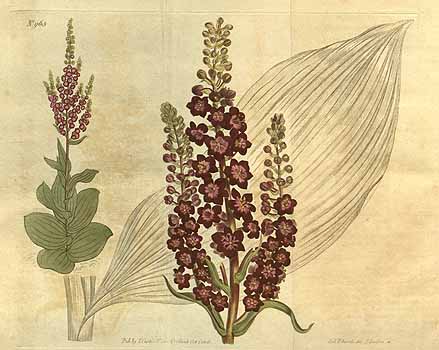
Healing Foods
To unlock the rest of this article select "Yes, I want to learn!" below.
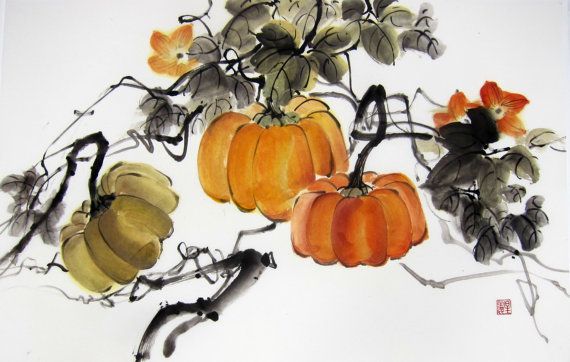
Food therapy is the most economical and non-toxic biochemical approach to health and disease. Food is something we continuously use to sustain our lives. Learning what foods are healing (and what disruptive) for each condition has the potential to convert every meal into a form of therapy.
YS
(1) Maciocia, Giovanni (1989). The Foundations of Chinese Medicine. Nanjing: Harcourt Publishers Limited
(2) Benski, Dan & Gamble, Andrew (1993). Materia Medica, Revised Edition. Seatle: Eastland Press, Incorporated
(3) Pitchford, Paul (2002). Healing with Whole Foods. Berkeley: North Atlantic Books
(4) Lu, Henry (2005). Chinese Natural Cures. New York: Black Dog & Leventhal Publishers, Inc.
(5) Holmes, Peter (1998). The Energetics of Western Herbs. Boulder: Snow Lotus Press, Inc.
Related Articles:
The Spleen in Chinese Medicine
Note: This site and its services are to consumer educational use only. Nothing contained in this site is or should be considered, or used as a substitute for medical advice, diagnosis or treatment. We advise users to always seek the advice of a physician or other qualified professional with any questions regarding personal health and medical condition. Please read our Disclaimer

